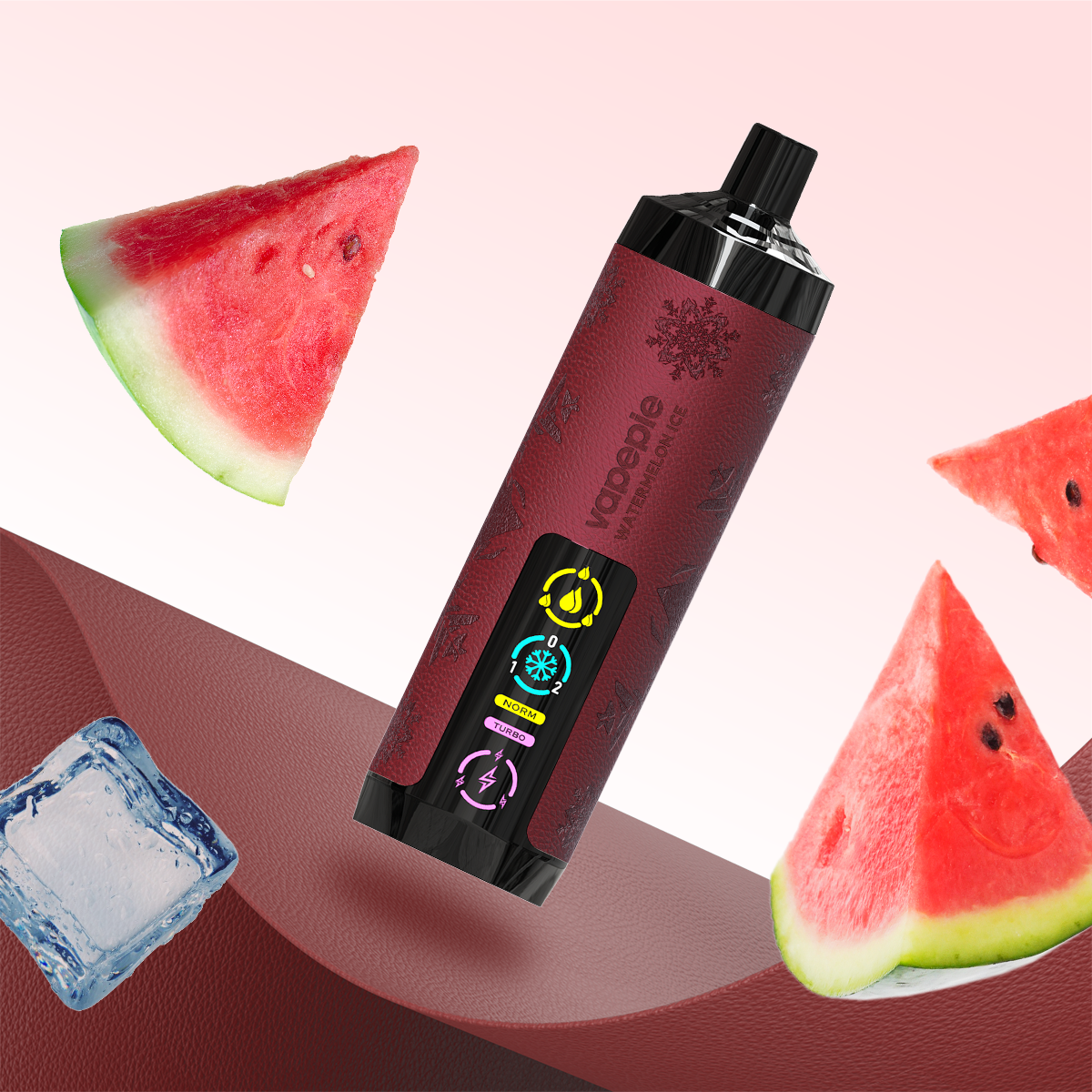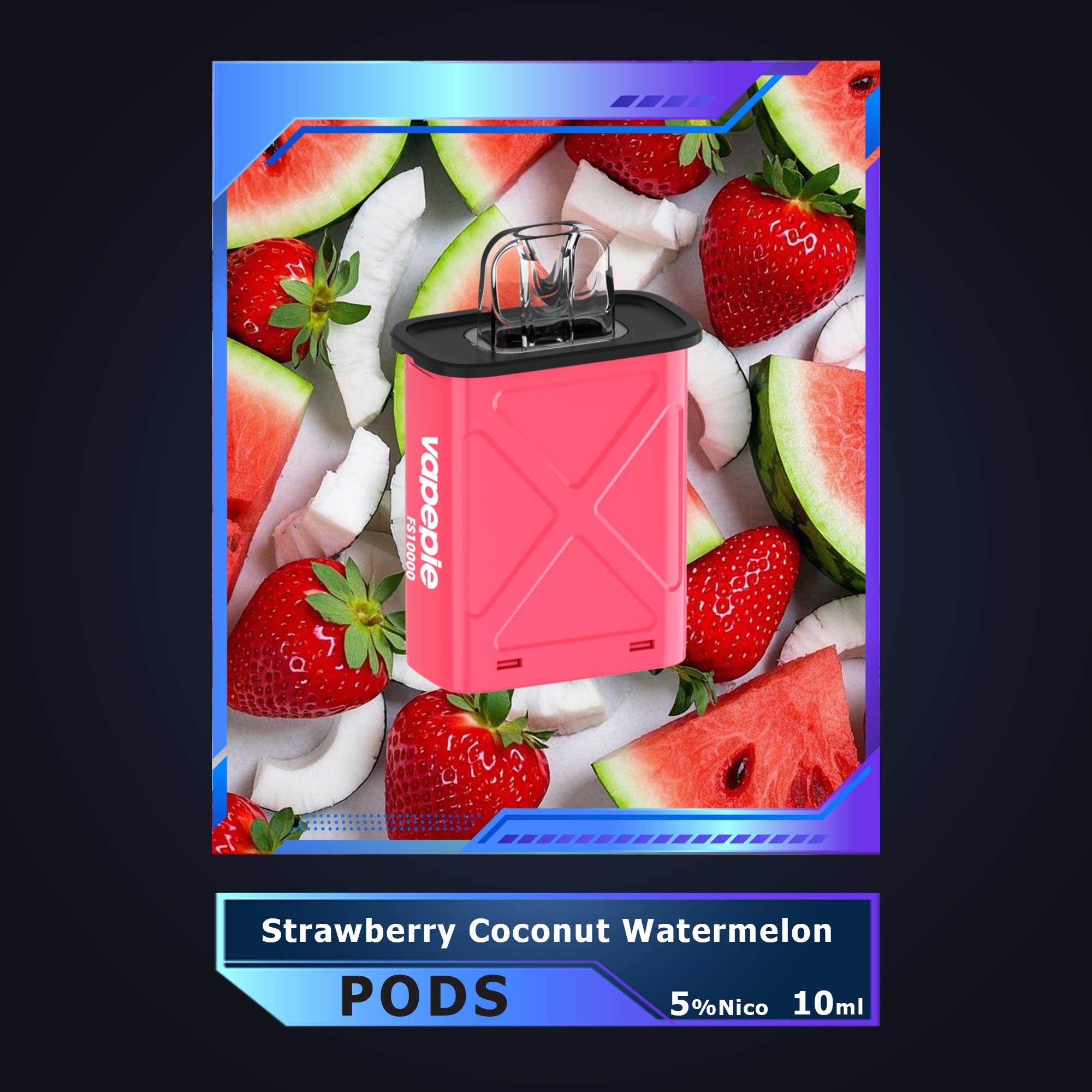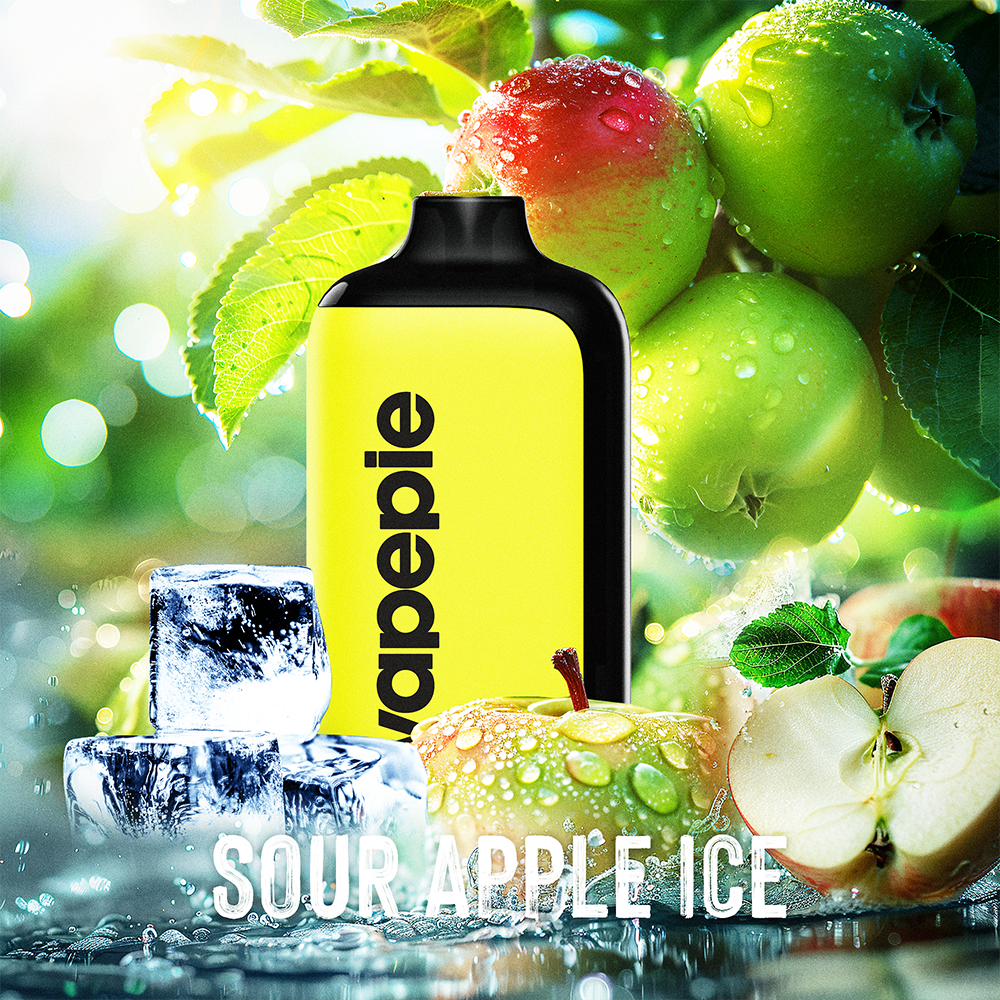
ARE YOU OF LEGAL VAPE AGE?
Please confirm that you are of legal age to purchase vaping products to access our site.

Please confirm that you are of legal age to purchase vaping products to access our site.
Some items are no longer available. Your cart has been updated.
This discount code cannot be used in conjunction with other promotional or discounted offer.
1.Introduction
2.Working Principle of Vapes
2.1. Vapor Production
2.2. Ingredients in E-Juice
3.Types of Vapes
3.1. Cigalike (PEN Type)
3.2. Closed Pod System (POD Type)
3.3. Open Tank System (Liquid Type)
4.Comparison with Heated Tobacco Products
5.Inhalation Techniques
5.1. Mouth-to-Lung (MTL)
5.2. Direct Lung (DL)
5.3. Puff
6.Pros and Cons of Vapes
6.1. Advantages
6.2. Disadvantages
7.Conclusion
Vapes, are electronic devices that heat a flavored liquid to produce vapor for inhalation. Unlike traditional cigarettes, they do not burn tobacco or use an open flame, thus avoiding the production of smoke and ash. This makes them appealing to individuals seeking to reduce their exposure to the health risks associated with nicotine and tar.
Vapes operate by using electricity to heat a liquid, known as e-juice or vape juice, which then turns into vapor that can be inhaled. The device contains a heating element, often referred to as a coil, powered by a battery. When the user activates the device—either by pressing a button or inhaling (in automatic models)—the coil heats up and vaporizes the e-juice. This process is similar to how an electric kettle boils water to produce steam. Since there is no combustion, Vapes do not produce smoke or ash and are less likely to leave lingering odors on clothing or in indoor spaces.
The e-juice used in Vapes primarily consists of two base ingredients: propylene glycol (PG) and vegetable glycerin (VG). Both are widely used in food additives, cosmetics, and pharmaceuticals and are recognized for their low risk of side effects on human health. These base liquids are typically combined with flavorings such as fruit, mint, or candy to offer a variety of taste experiences. In Japan, the sale of nicotine-containing e-juices is strictly regulated under the Pharmaceutical and Medical Device Act, requiring approval from the Ministry of Health, Labour and Welfare. As of now, no such approvals have been granted, so legally sold e-juices in Japan are nicotine-free. However, some nicotine-containing products may be available through personal imports or unofficial channels. These unapproved products carry potential health risks due to unverified quality, efficacy, and safety, and users are advised to exercise caution.
Vapes come in several forms, each catering to different preferences in convenience, customization, and vaping experience.

Cigalikes are slim, pen-like devices designed to resemble traditional cigarettes, making them a familiar choice for new users. They consist of a small battery and a pre-filled cartridge containing e-juice. When the user inhales through the mouthpiece, the battery activates the heating coil, vaporizing the e-juice. Cigalikes are available in disposable and rechargeable versions, with the latter allowing cartridge replacement for continued use.

Closed pod systems use pre-filled pods containing e-juice and a heating coil. These pods are inserted into a battery-powered device, and the system activates automatically upon inhalation, heating the e-juice to produce vapor. This type is user-friendly, requiring minimal setup and maintenance—users simply replace the pod when empty. Often rechargeable, closed pod systems are popular among beginners for their simplicity.
Open tank systems, also known as vape mods, feature a refillable tank that holds e-juice and a separate heating coil. Users can select their preferred e-juice and adjust settings like voltage and wattage to control vapor production and flavor intensity. While offering a highly customizable vaping experience, these devices require more maintenance, such as regular cleaning and coil replacement.
Both Vapes and heated tobacco products provide smoke-free alternatives to traditional cigarettes, but they differ in their operation and materials.
Vapes heat a liquid solution (e-juice) containing flavorings and, in some regions, nicotine (though not in Japan). A battery-powered coil vaporizes the liquid for inhalation.
Heated tobacco products heat actual tobacco leaves or a liquid derived from tobacco extracts, producing a vapor that retains nicotine and tobacco flavors without combustion. Two methods exist: direct heating, where tobacco leaves are heated, and indirect heating, where a tobacco-infused carrier liquid is vaporized. Both aim to reduce harmful byproducts while preserving the smoking experience.
Vaping techniques vary, and selecting the right one can enhance your experience. The three common methods are:
In MTL vaping, the user draws vapor into their mouth and then inhales it into the lungs, mimicking traditional cigarette smoking. This method is gentle on the throat and favored by former smokers or those preferring restrained vapor production.
DL vaping involves inhaling vapor directly into the lungs in a deep breath, producing larger vapor clouds. Popular among experienced users seeking intense flavor and sensation, it consumes e-juice faster and may require more powerful devices.
The puff method involves drawing vapor into the mouth without inhaling it into the lungs, similar to sipping through a straw. Simple and suitable for beginners, it minimizes discomfort or coughing risks.
Health Considerations: Vapes lack tobacco, reducing exposure to nicotine and tar-related health risks. In US, nicotine-free e-juices further minimize potential harm.
Odor and Secondhand Smoke: Producing vapor instead of smoke, Vapes avoid strong, lingering smells and eliminate secondhand smoke.
Cost-Effectiveness: Not subject to tobacco taxes, Vapes are often cheaper long-term than traditional cigarettes, with even disposable and pod systems offering good value.
Convenience: Easy to use and integrate into daily life, Vapes are a practical choice for many.
Maintenance: Depending on the device, regular upkeep like coil replacement or tank cleaning may be required, which can be time-consuming.
Learning Curve: Optimal performance varies by device and e-juice, requiring users to learn specific settings or techniques to avoid issues like leaking or coil burnout.
Device Selection: The variety of options can overwhelm users, who must balance preferences with maintenance willingness.
Vapes offer a modern alternative to smoking, with benefits like reduced health risks, minimal odor, and cost savings. However, challenges such as maintenance and a learning curve exist. For a hassle-free option, products like VAPEPIE provide a simple, low-maintenance vaping experience, requiring only a cartridge insertion to start.

Comment